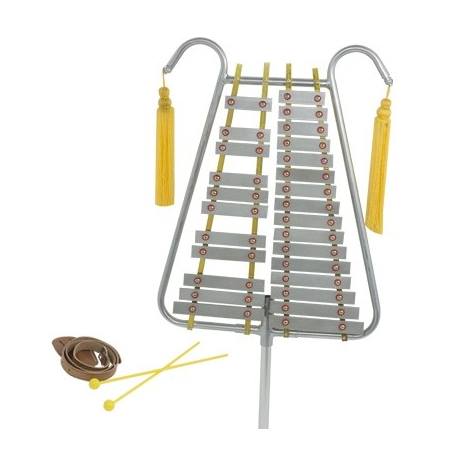I’m hesitant this year. I’m no longer a card-carrying Democrat, although I play one on my blog. I just got tired of the endless phone calls and the never-ending emails, all asking for money.
I didn’t renew Emily’s List, despite my affinity for their philosophies. I was tired of the endless phone calls, the never-ending emails, and (are you with me here?) the snail mails. Emily’s List still uses the occasional flyer with enclosed envelope. In the hopes of making donations easy for the old-fashioned folks, no doubt, they still use the USPS now and then.
I haven’t donated to my favorite Senator, Tammy Baldwin, either – and I know a small donation would go a long way. The Koch Brothers and the other uber-conservative fund raisers have her in their sights – sites? Anyway, she’s a high priority target. She needs money. I haven’t donated – yet.
The State Superintendent of Schools is running for governor. I hope he wins the primary, because he could put education back on track to reverse some of the cursed backwardness that Walker has implemented.
There is one race, however. It’s a local/state race for state senator. The candidate was chair of the local Democratic party. She is a single mom of two who works for the Girl Scout council. And now, all of a sudden, I’m considering putting money behind a candidate. She could be part of the Blue Wave that I’d love to see cover my fair state.
Before I reach for my wallet, however, I need to decide exactly how far I will go. How many phone calls will I answer, and what kinds of emails I will open. And then, and only then, can I put my money where my vote is.

